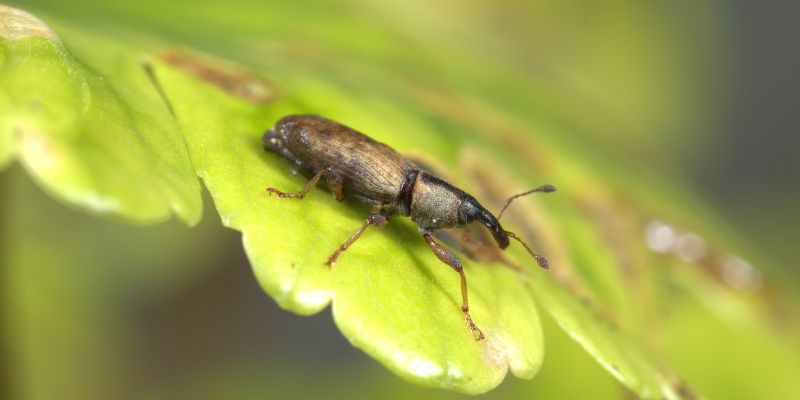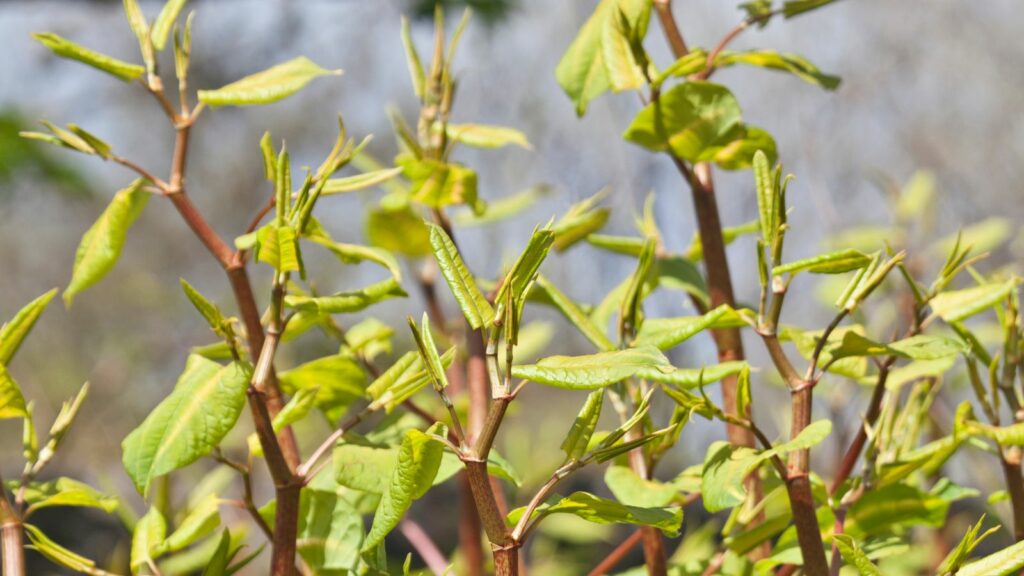The life cycle of the invasive apple snail
The Life cycle of the invasive apple snail and its ability to grow and reproduce quickly makes it an incredibly successful invasive species. Invasive apple snail, Pomacea canaliculate, is widely considered one of the most invasive invertebrates of waterways and irrigation systems. The snails are able to spread through irrigation canals, natural water distribution pathways,…
Remote sensing of highly invasive Parthenium weed in Pakistan
Parthenium is a highly invasive plant species. It threatens agricultural productivity, biodiversity, and human and animal health wherever it takes root. In Pakistan, it’s called famine weed because of its devastating impact on crop yields and livelihoods.










